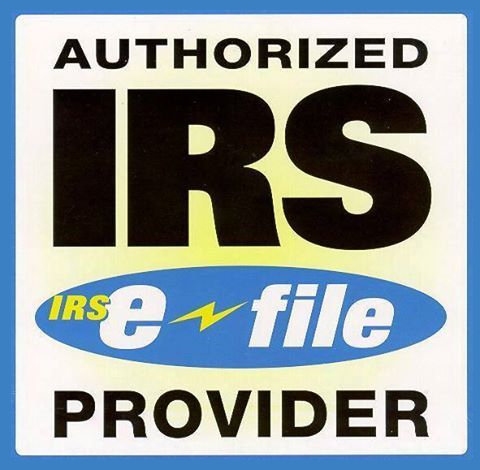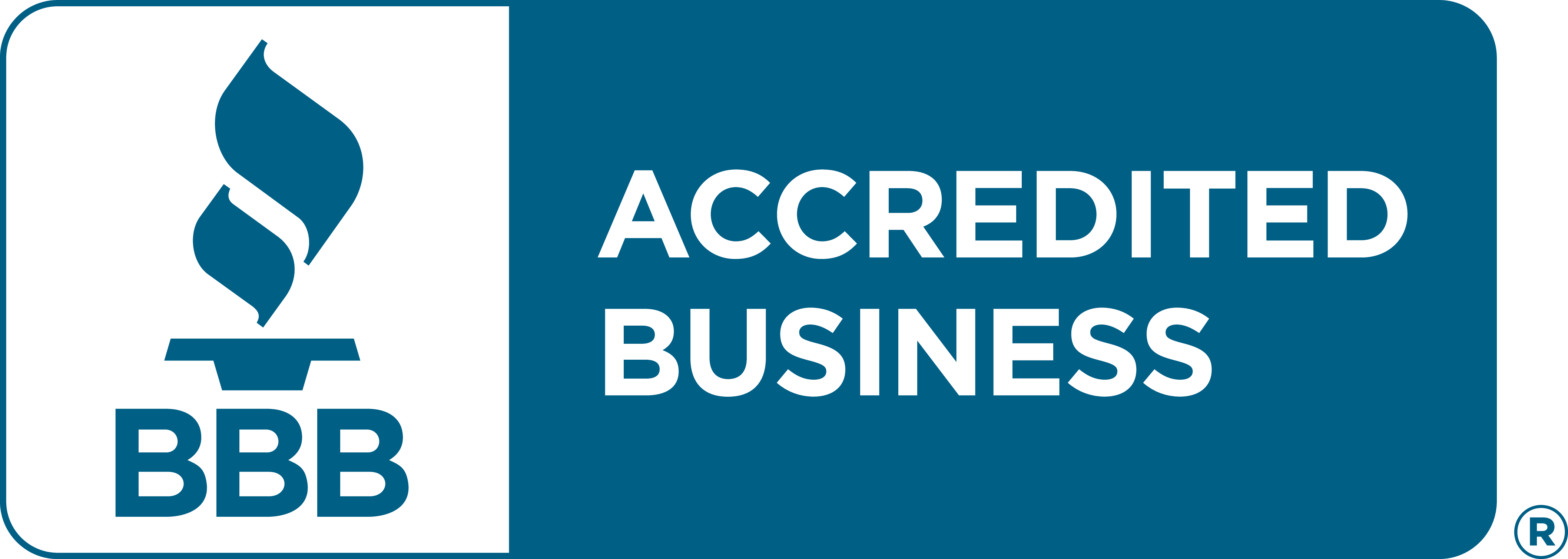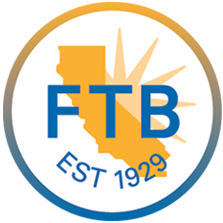IRS Form 1120-S Schedule D Capital Gains and Losses
Excise Tax Forms
Employment Tax Forms
Information Returns
Exempt Org. Forms
Extension Forms
FinCEN BOIR
General
When an S corporation sells or exchanges capital assets such as stocks, bonds, or property, the IRS requires those transactions to be reported on Schedule D (Form 1120-S). This schedule summarizes the corporation’s short-term and long-term capital gains and losses, and helps calculate any built-in gains tax that may apply.
Properly completing Schedule D ensures that gains or losses are passed through to shareholders accurately and that the corporation remains compliant with IRS reporting requirements.
With Schedule D (Form 1120-S) S corporations can:
- Report all capital asset transactions
- Distinguish between short-term and long-term gains
- Calculate and report built-in gains tax, if applicable
- Transfer results to Schedule K andeach shareholder’s Schedule K-1
Accurate reporting through Schedule D is essential for IRS compliance and for correctly distributing income, deductions, and credits to shareholders.
What Is IRS Form 1120-S Schedule D?
Schedule D (Form 1120-S) is used by S corporations to report capital gains and lossesfrom sales or exchanges of capital assets. It also determines the built-in gains tax under Section 1374 for corporations that were previously C corporations.
It consolidates all transactions from Form 8949 (Sales and Other Dispositions of Capital Assets) and helps determine how these gains or losses impact the corporation’s and shareholders’ overall tax obligations.
Common Transactions Reported on Schedule D
- Sale of stocks, bonds, or mutual funds held for investment
- Sale or exchange of real estate or business property
- Gains or losses reported on Form 4797 (transferred here when applicable)
- Disposition of assets received through installment sales (Form 6252)
- Built-in gains from assets held when converting from C corporation to S corporation
Why Schedule D Matters
Accurate Capital Gain Calculation
It ensures correct reporting of all capital transactions, helping avoid misclassification between short-term and long-term gains.
Shareholder Transparency
Since S corporations are pass-through entities, accurate Schedule D reporting ensures shareholders receive correct K-1 allocations.
IRS Compliance
Omitting or incorrectly reporting gains can trigger IRS notices or audits, especially for built-in gains.
Tax Efficiency
Understanding gain classification allows corporations to optimize the timing and structure of asset sales.
Who Must File Schedule D (Form 1120-S)?
Every S corporation that has capital gains, losses, or built-in gains during the tax year must complete Schedule D and attach it to Form 1120-S.
You must file Schedule D if your corporation:
- Sold or exchanged any capital asset
- Reported capital transactions on Form 8949
- Has carryover capital losses from prior years
- Owes built-in gains tax under Section 1374
- Needs to report capital gains distributed to shareholders
Related Forms and Their Purpose
| Form | Purpose | When to Use |
|---|---|---|
| Form 8949 | Reports each capital asset transaction in detail | When you have multiple sales or exchanges |
| Form 4797 | Reports sale of business property | For Section 1231 or depreciation recapture gains |
| Form 6252 | Reports installment sales | When payments are received over multiple years |
| Form 1120-S | Main S Corporation income tax return | Schedule D must be attached |
| Schedule K-1 (Form 1120-S) | Reports each shareholder’s share of income | Includes gains/losses from Schedule D |
Learn how S corporations file their main return using Form 1120-S
Filing Deadline for Schedule D
Schedule D must be filed along with Form 1120-S by the S corporation filing deadline:
| Entity Type | Main Return | Filing Deadline (Tax Year 2025) | Extension Form |
|---|---|---|---|
| S Corporation | Form 1120-S | March 16, 2026 | Form 7004 |
Learn how to extend your S corporation filing deadline using Form 7004
Step-by-Step Breakdown of Schedule D (Form 1120-S)
Schedule D is divided into two major sections for reporting short-term and long-term capital transactions, along with built-in gains calculation.
Part I – Short-Term Capital Gains and Losses (Assets Held One Year or Less)
Purpose:
To report sales or exchanges of capital assets held for one year or less.
Key Steps:
- List transactions from Form 8949, Part I
- Summarize total short-term gains and losses
- Net these results to determine the corporation’s short-term gain or loss
Example:
If your S corporation sold stock held for 8 months for a $2,000 gain and another for a $1,200 loss, your net short-term gain is $800, reported in Part I.
Part II – Long-Term Capital Gains and Losses (Assets Held More Than One Year)
Purpose:
To report sales or exchanges of capital assets held for more than one year.
Key Steps:
- Transfer transactions from Form 8949, Part II
- Include any long-term gains from Form 4797 (Section 1231 property)
- Combine results to find total long-term capital gain or loss
Example:
If your S corporation sold a building held for 5 years at a $50,000 gain and sold land for a $10,000 loss, your net long-term capital gain is $40,000.
Learn how business property sales are reported using Form 4797
Part III – Built-In Gains (Section 1374)
Purpose:
To calculate and report built-in gains tax on assets held when the corporation converted from a C corporation to an S corporation.
Example:
If your corporation had appreciated assets at the time of conversion, and those assets were sold within the recognition period, the gain is subject to built-in gains tax, even though the corporation is now an S corp.
Part IV – Capital Loss Carryovers
This section allows you to apply prior-year capital loss carryovers to offset current-year gains, reducing taxable income passed through to shareholders.
Common Mistakes to Avoid
| Error | Impact |
|---|---|
| Failing to report short-term and long-term transactions separately | Incorrect tax treatment |
| Not transferring data correctly from Form 8949 | Inaccurate totals on Schedule D |
| Ignoring built-in gains tax rules | Underreported liability |
| Forgetting to attach Schedule D to Form 1120-S | Return rejection or processing delay |
| Misreporting capital loss carryovers | Loss of valuable deductions |
Best Practices for Compliance
- Maintain detailed transaction records (purchase, sale, and holding periods).
- Reconcile totals between Form 8949, Form 4797, and Schedule D.
- Track carryover losses accurately for future years.
- Use TaxZerone’s guided e-filing to automatically attach Schedule D and ensure accurate calculations.
Frequently Asked Questions (FAQs)
1. What is the purpose of Schedule D (Form 1120-S)?
It reports the S corporation’s capital gains, losses, and built-in gains, ensuring accurate pass-through reporting to shareholders.
2. What’s the difference between short-term and long-term capital gains?
Short-term gains are from assets held for one year or less,while long-term gains are from assets held for more than one year.
3. How are capital gains distributed to shareholders?
They flow through the S corporation return to Schedule K, then to each shareholder’s Schedule K-1 (Form 1120-S).
4. What is built-in gains tax for S corporations?
It applies when a former C corporation converts to an S corporation and sells appreciated assets within the recognition period.
5. Can Schedule D be e-filed?
Yes, it can be e-filed with Form 1120-S through authorized e-file providers like TaxZerone.












